How to choose climbing shoes
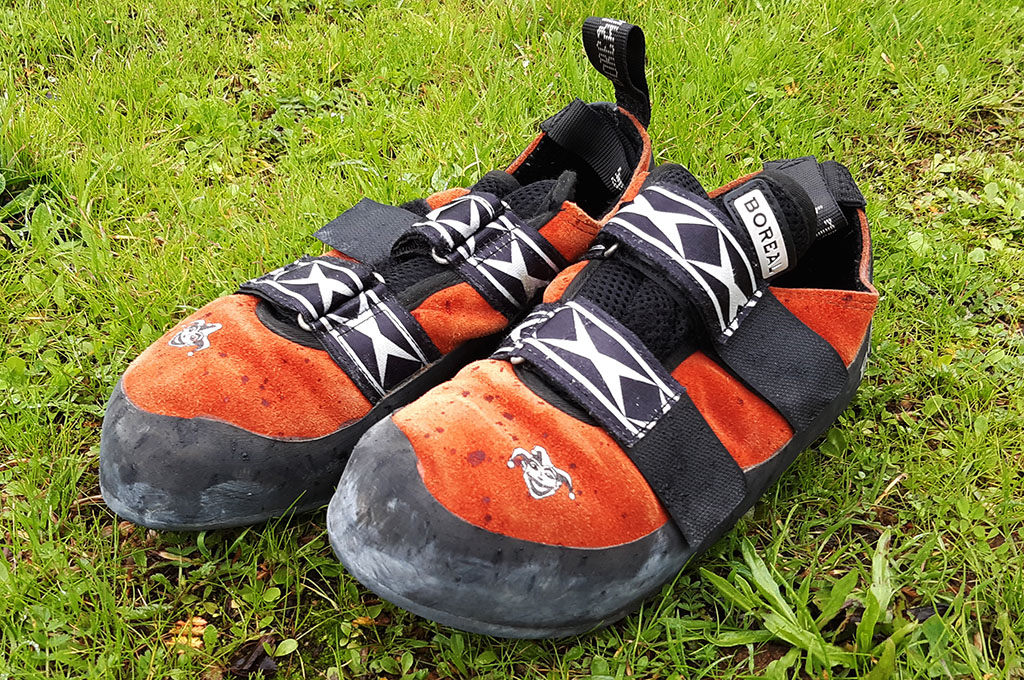
If you are wondering how to choose a climbing jack, the first question you should ask yourself is: what do you want it for, what kind of climbing are you going to do?
It's very different to think of a climbing shoe for tightening on boulders, overhangs and hard sport routes, than to think of a comfortable shoe for mountain climbing or for beginners.
Having solved this question, what we are all looking for are "comfortable", precise, very sensitive and, why not, cheap cat's feet. In the end, the secret is to find a balance for our feet.
The cat's feet must be adapted to the morphology of the foot and the only way to get it right is to try them out.. Putting on a pair of cat's feet is not like putting on slippers. The toes should be tight but not squeezed and cause damage. There is no point in looking for a comfortable shoe if you buy a size that is too small for you.. And in this sense, following the numbering that we usually wear to find the right size of shoes is quite relative. There's nothing worse than a pair of hurting cat feet to ruin a great day's climbing.
Recognising a Pies de Gato.
In general, it is quite easy to recognise the type of climbing for which a climbing shoe is designed by looking at the shape and other aspects that we will see below. In the market we will find, from models that look like shoes for initiation and prolonged use, to models with strambolic shapes, for competition or bouldering. In between, a wide range of designs that adapt to each activity and special models, such as those aimed at winter climbing. But let's take it one step at a time.
Curvature of the sole.
This is the most visible feature. The technical models have very aggressive shapes with concave lasts that call comfort into question. The heels are usually reinforced for inverted foot bedding and the arch of the foot is reinforced with rubber reinforcements that adapt the foot to the position where it exerts the most force.
The less technical and more comfortable models have practically flat soles and take into account aspects such as good walking comfort by incorporating thicker soles. We will look at the issue of soles in more detail later.
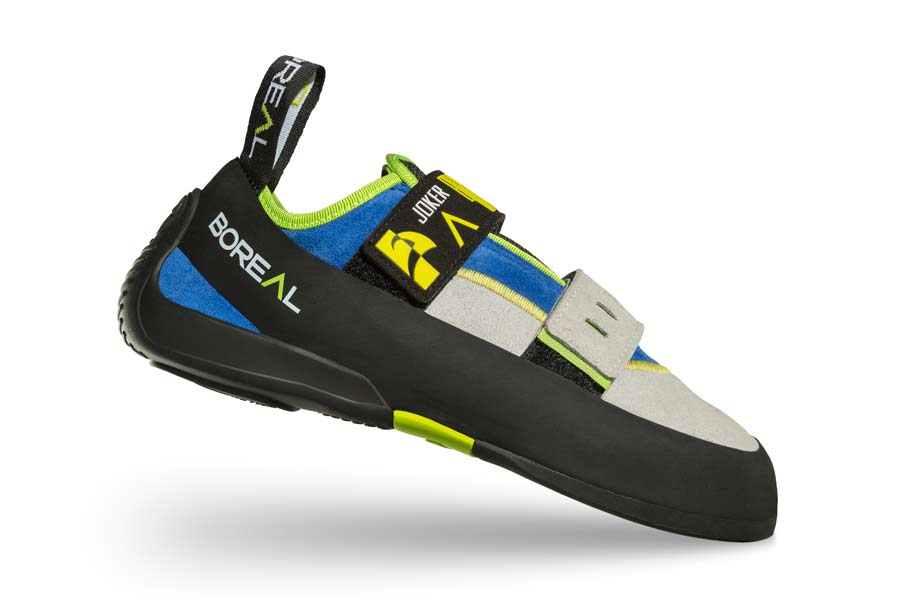
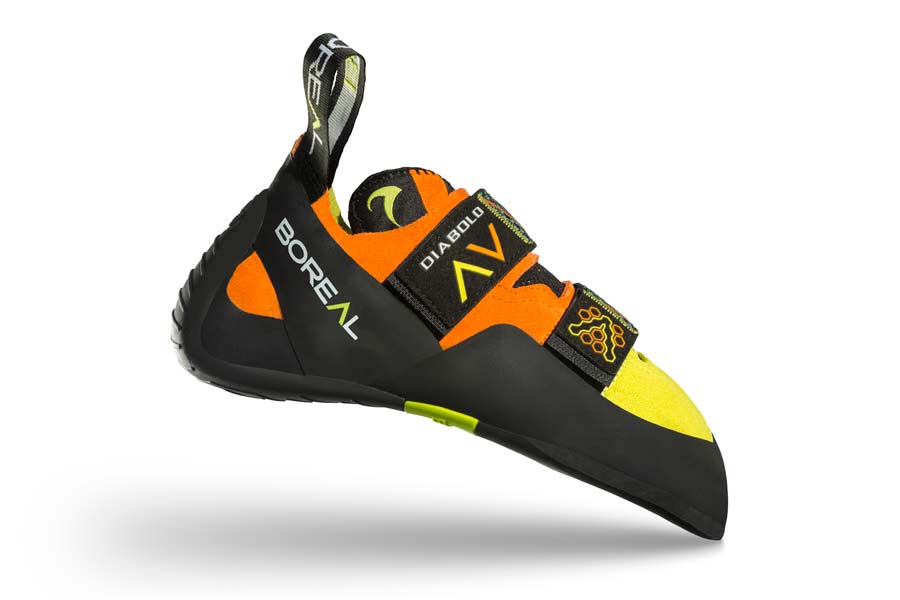

Symmetrical-asymmetrical last and toe shape.
At present lasts with a certain degree of asymmetry can be found for any level of technicality, even in models for beginners and classic climbing. However, it is in these two disciplines, where comfortable models are more important, where we can find examples of straighter lasts.
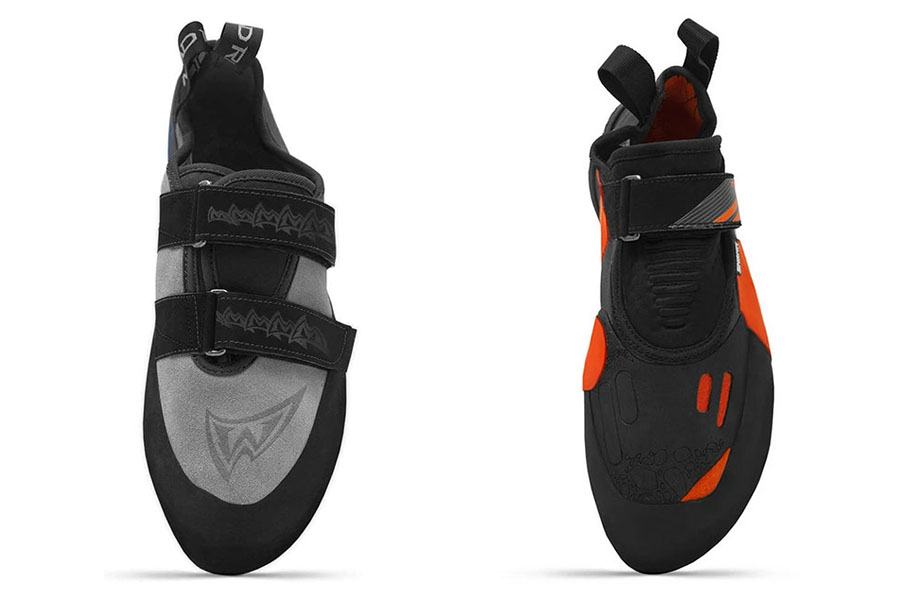
The straight lasts as mentioned above, are indicative of the fact that we are dealing with a comfortable catand are usually accompanied by rounded toe caps. These are the ideal to get started or to wear them for a long time. On routes of moderate difficulty (fifth or sixth grade) and on classic routes, it will not be as necessary to concentrate all the weight on micro-belays and it may be more beneficial to seek a certain degree of comfort.
In contrast, in tougher routesIf so, whether it will be necessary to look for models with greater degree of asymmetry and hooked and narrow toe boxes to concentrate all the force on one point, the big toe.
Sole
Previously, we talked about soles, and we said that in the models of the beginners, intermediates or classic climbersThe following were sought thick and stiff soles above 4mm that would allow e.g. walking. This type of thick and stiff soles favour support on strips, but tend to lose grip.
When you are looking for adhesion and maximum sensitivitysome brands reduce the thickness to less than 4mm, even down to 3mm, and use softer soles. This type of cat is intended for the difficult climbing, bouldering and overhanging routeswhere the weight is not so much on your feet and you look for any micro relief of the rock. Bear in mind that soft soles wear out sooner.
In many high demand modelsThe toe cap is reinforced at the top for inverted use, as are the heels, and at the arch, rubber strips are placed to position the foot so that the toe exerts the most force.
Velcro, laces and elastic fastening
In recent years the Velcro has gained a lot of ground and most of the climbing shoes incorporate this type of fastening. Some brands such as Boreal combine laces and Velcro in some high-end models, such as the Satori. The laces provide adjustment and precision, while the Velcro provides comfort when putting them on and taking them off. But we repeat, in all or almost all brands, Velcro has displaced laces even in the most technical models. Ballerinas (elastic fastening) also seem to have seen better times and, displaced by Velcro, they are often used especially in climbing walls due to the ease of putting them on and taking them off.
Material
They are made of natural or synthetic leather. The natural leather are more breathable, more pleasant to the touch and give way a little with use. The synthetic leather They give less stretch, which is a good thing if they fit perfectly at the time of purchase, and dry faster in case they get wet.
Men's - Women's specific
Apart from the more or less large sizes, the women's cat prototype is narrower, with a less pronounced heel, a slightly more arched sole and a more quadrangular arrangement for the phalanges. This does not mean that a man cannot find a more suitable shoe among the women's models and vice versa.
Choosing the right climbing shoe for each activity
With what we have seen, we can already imagine what type of climbing shoe we will need, but let's look at the type of activity.
To get started:
For beginner climbers, we recommend a model that is comfortable and not too tight. The margin for improvement that can be gained with technique is too great to destroy your feet with a shoe that is too technical or too small. In this case, symmetrical last, flat soles and a slightly rounded toe box are the preferred choice.
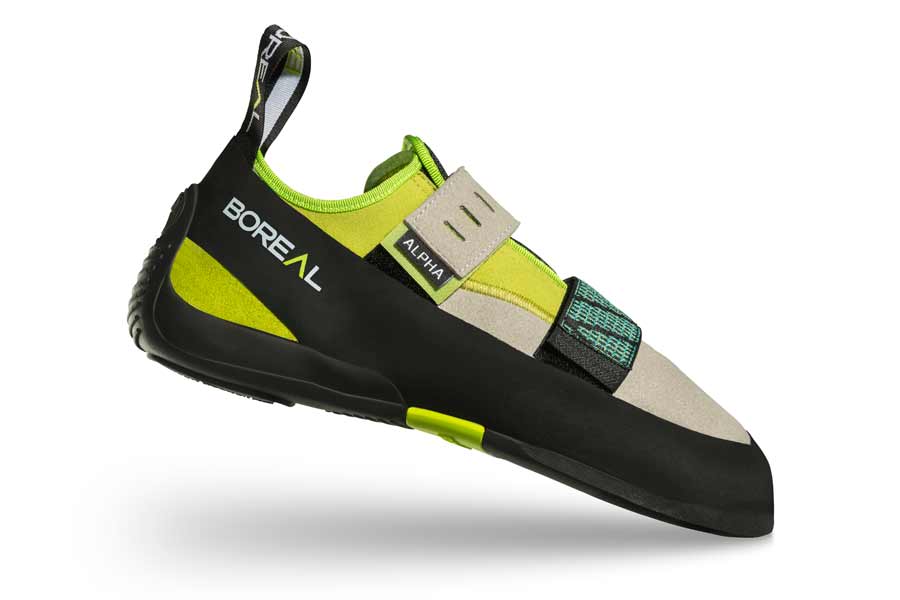
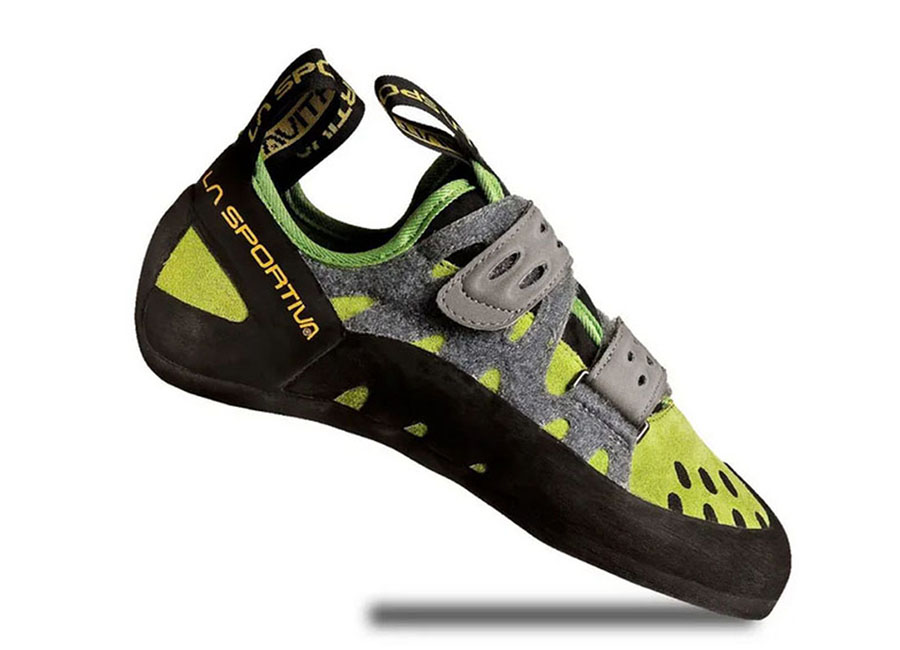
All-terrain climbing: classic climbing and multi-pitch sport routes of moderate difficulty.
For this type of climbing we still need something that is still very comfortable. We will look for lasts with a certain amount of asymmetry, flat soles or soles with little concavity to last longer with the shoe on, Velcro fasteners for taking off your shoes at meetings and rigid soles that help us to edge.
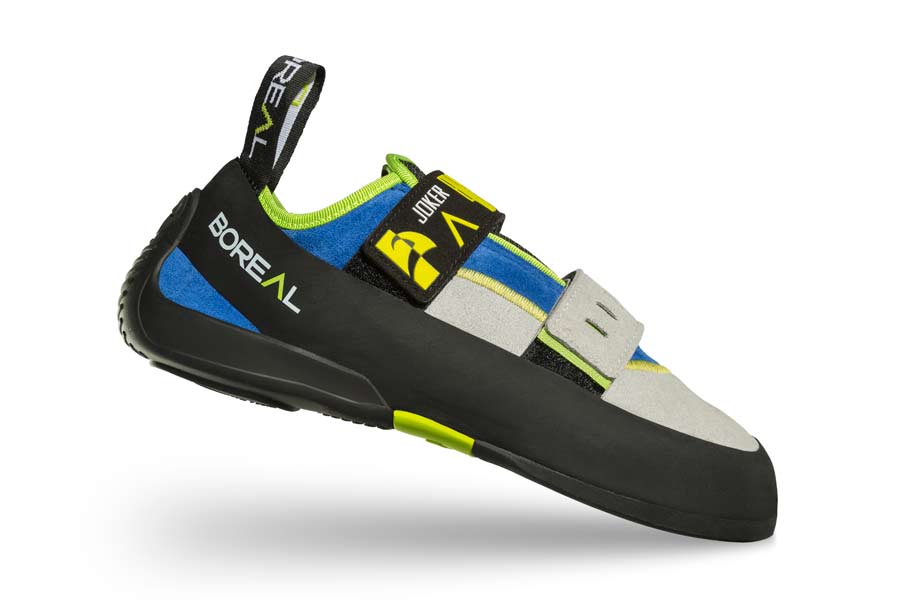
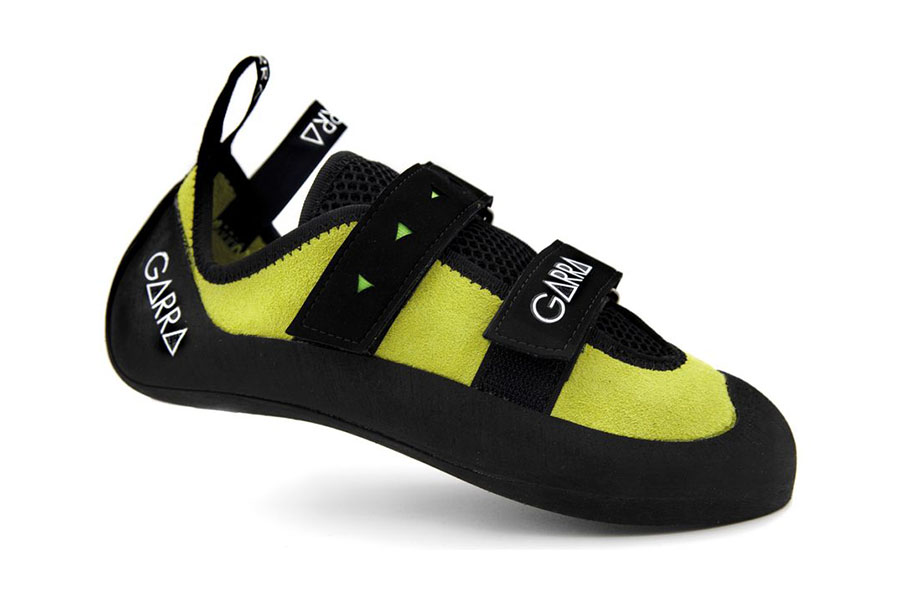
In order to continue torogressing in sport:
We will look for asymmetric lasts and with a greater degree of concavity than in previous models but without unnecessary discomfort. We will choose stiff soles for edging or softer soles if in our area there is a lot of grip climbing. Keep in mind that soft soles wear out faster.
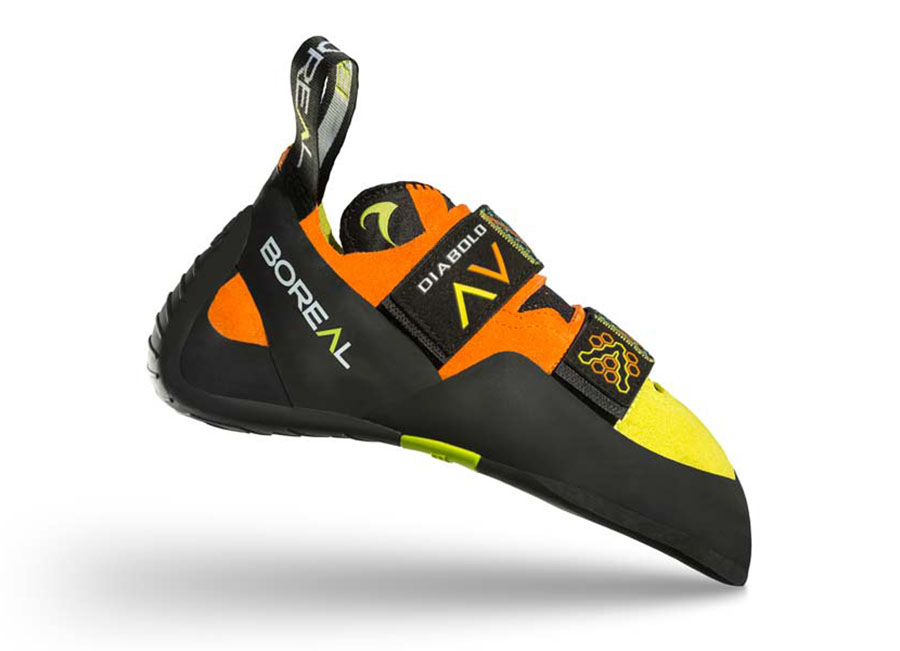
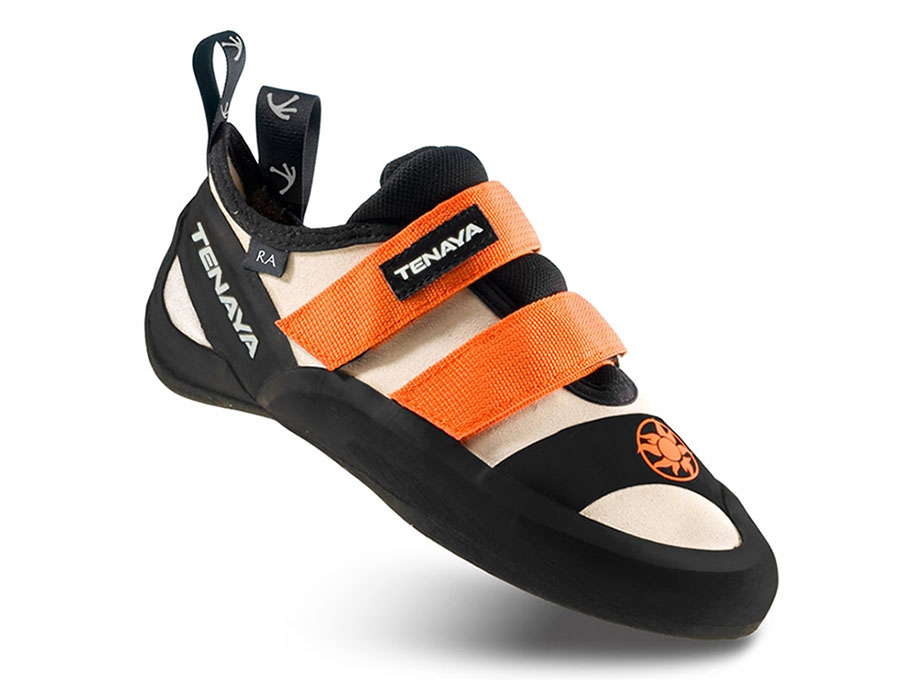
Maximum difficulty: bouldering, overhangs, competitions, climbing walls...
For this type of climbing we will need high performance shoes. These types of models have asymmetric lasts, accentuated curvature of the sole, sharp toecaps, soft and sensitive soles and a wide range of technologies designed by each brand.
Boreal Dharma WMNS (women) model
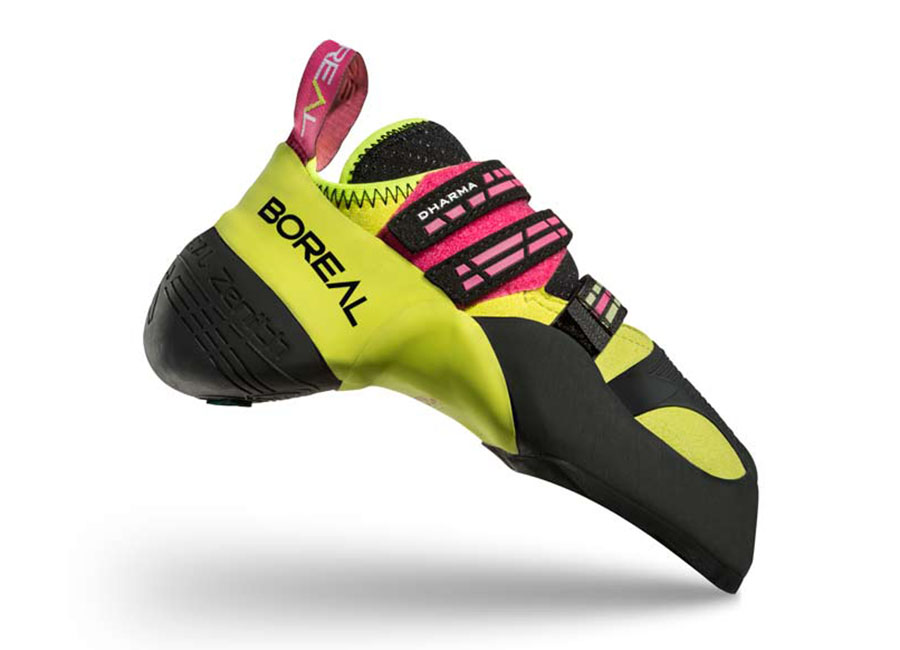
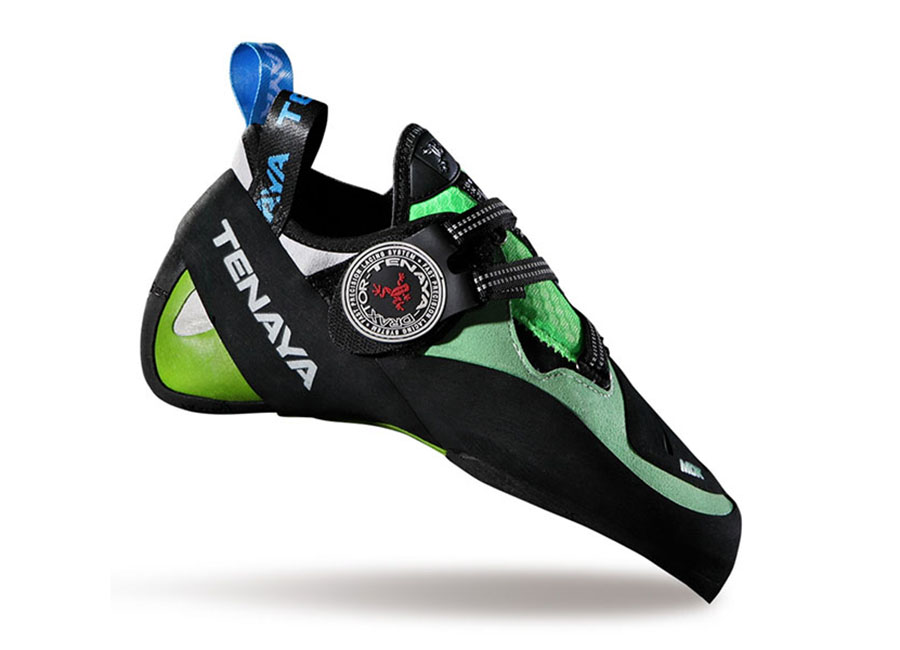
You may be interested in:
Basic climbing equipment: the essentials >>
How to set up a homemade climbing wall >>
Don't miss any adventure in the Pyrenees!
